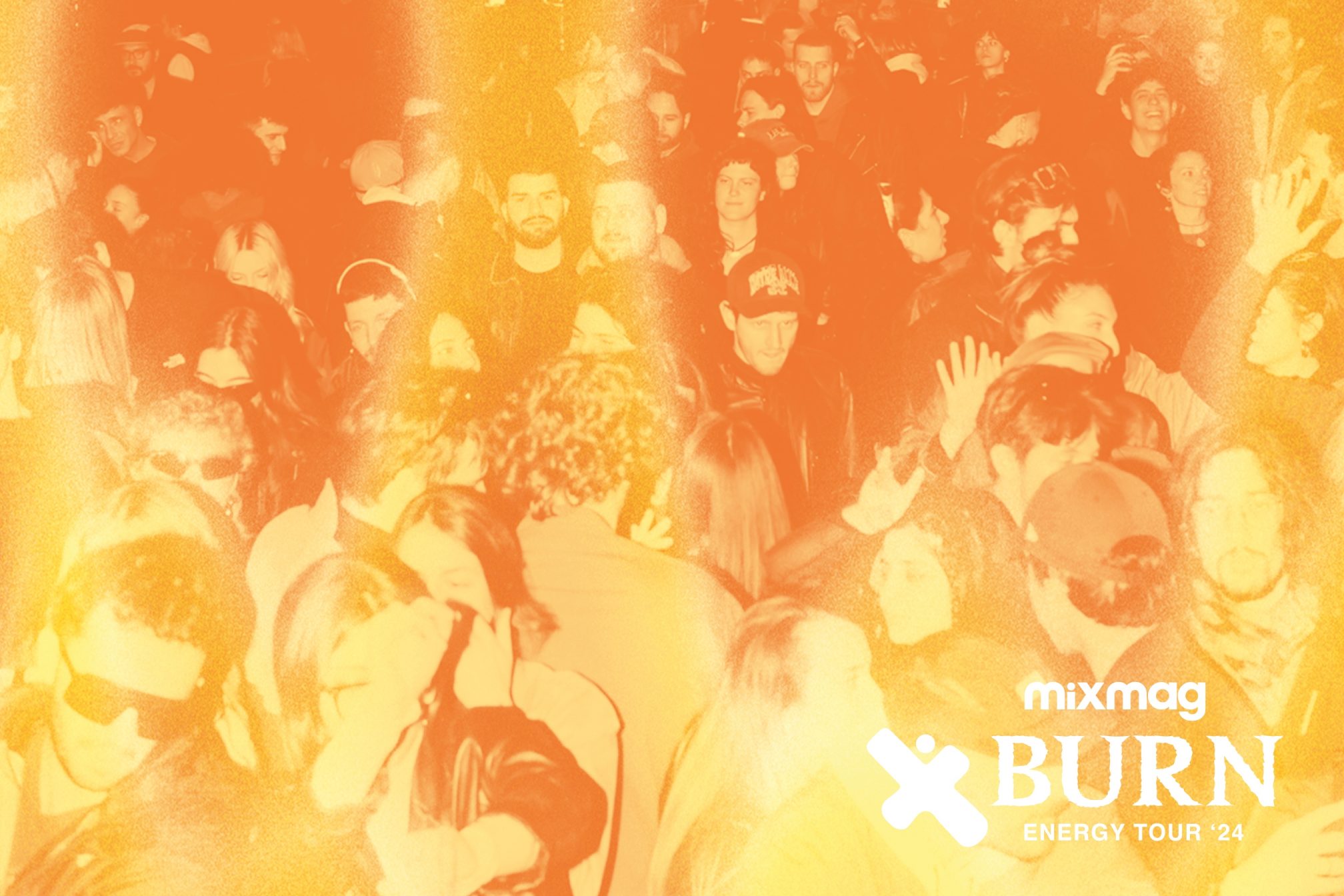 Features
Features
How underground techno has taken hold in La Serenìssima, ‘the most serene’ city of Venice
Despite challenges from government crackdowns to difficulties running events across the city’s fragile spaces, an exciting techno scene is building momentum in Italy’s most peaceful city. We chat with local scene stalwarts ahead of the next stop on the Burn Energy Tour in Venice
The Italian region of Veneto, which stretches from Verona to Venice in Northern Italy, is home to some of the most unique landscapes and architecture in the world. From picturesque mountains to alpine lakes and gothic buildings, Veneto has become a sought after tourist destination attracting more than 60 million visitors annually. Despite the hustle and bustle as one of Italy’s most populous areas, Veneto’s capital city of Venice has been nicknamed ‘La Serenìssima’ since the Renaissance era, translating to the most ‘serene’ city, famed for its tranquil way of life and bold artistic development through the period. Long since that formative era, Veneto remains a cultural hub brimming with creatives and musicians, boasting an impressive scene for underground dance music.
“Veneto is a region that loves dancefloors,” says Italian music journalist and long-running commentator of Italy’s evolving dance music scenes, Damir Ivic. “It’s quite a wealthy spot – and we all know that this helps – but at the same time it has a considerable amount of weirdos and creative folks. It’s a bizarre mixture.”
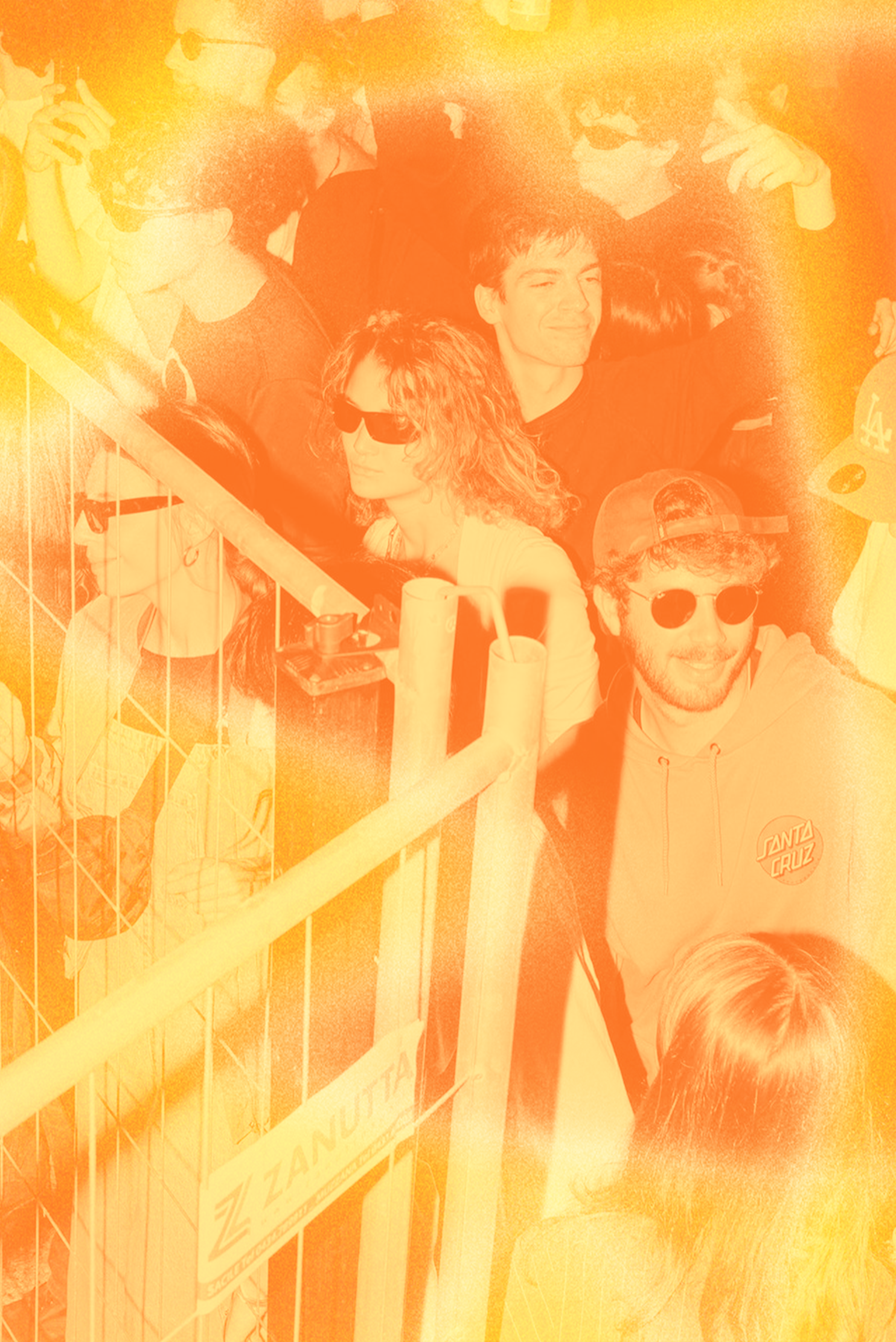
During its foundations as a dance music destination, Veneto gave birth to “one of the most daring musical journeys in the early years of techno and house”, according to Damir, which he says is thanks to clubs like Alter Ego in Verona and Muretto in Venice, as well as La Serenìssima’s AltaVoz, which “joined the dots between the alternative-political scene and the youngsters who loved techno and house”. While nightclubs in the region have come and gone through the years, the underground electronic scene has maintained its presence, and brought with it a real love for darker genres like techno, industrial, and hard house.
Italy-born techno artist Lady C, real name Chiara Ficco, recognises an exponential development of the underground dance music scene in the region, particularly in genres like techno. “I’ve noticed a significant growth in the techno scene in northern Italy, which I hope will develop more and more,” she explains. “Artists and fans celebrate the culture of clubbing, and with that, their objective is to create a solid community that is faithful to its core values: love, respect and freedom.”
Venice-born, world-conquering techno duo 999999999 agree that their hometown is on the cusp of something special. “There’s a unique energy in Venice, and it has the potential to develop more as the underground community grows,” they say. “Smaller, dedicated communities are pushing boundaries and bringing fresh ideas to the city. They’re organising underground events, collaborating with artists from other cities, and creating spaces where people can experience electronic music in a more raw and authentic way.”
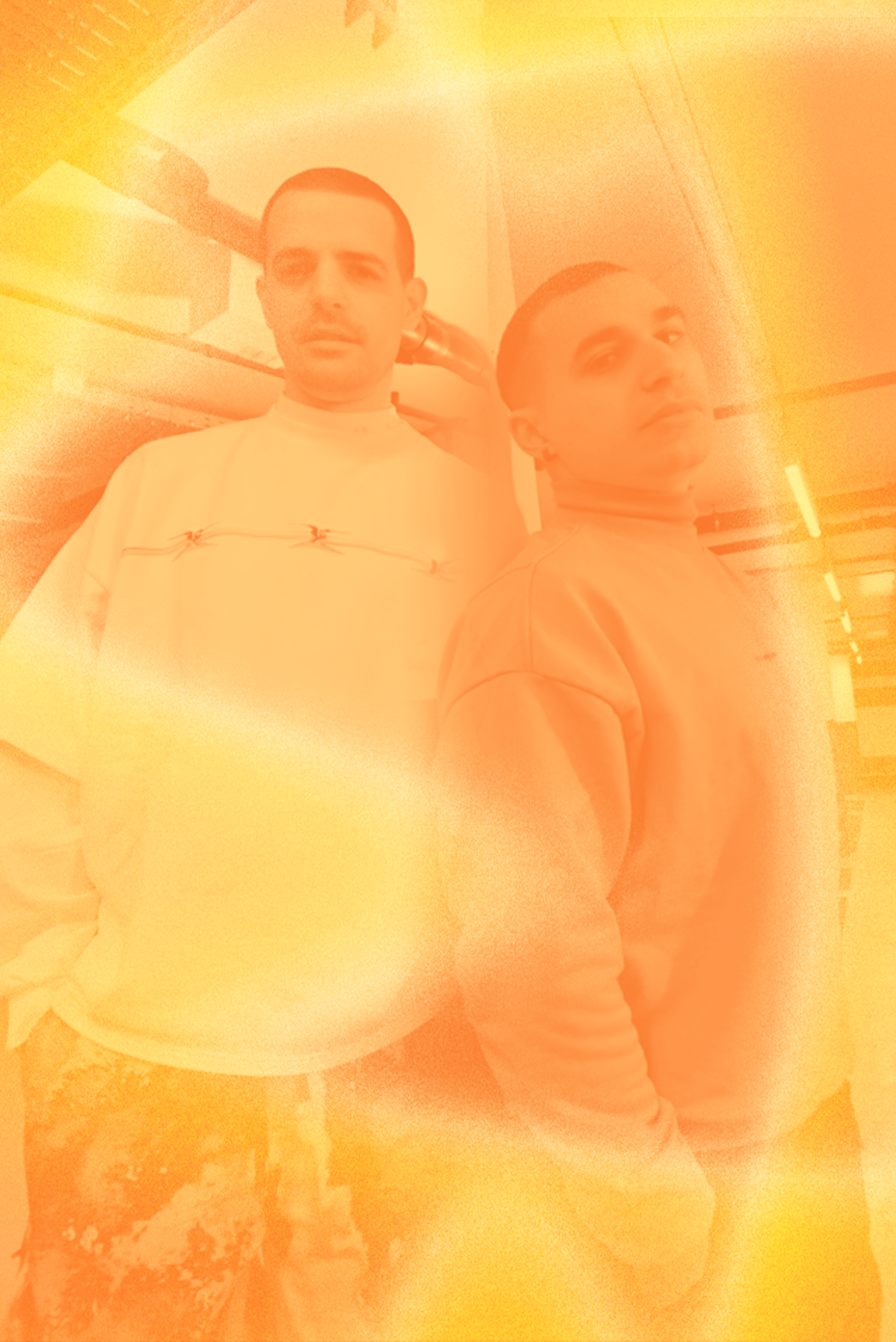
Lady C made her start in Udine, a small city just outside of the Veneto region, but after picking up recognition as a DJ during her university years, she landed a residency at Loco Club, a venue just off mainland Venice. “What excites me about the underground techno scene in the Venice area is the hunger for it as a sound,” she explains. “While we want to enhance the scene, we don’t want to take advantage of the beautiful places where we organise events.”
Today, Venice is home to some of Italy’s most unique dance music institutions, given the fragile nature of the city’s landscape. It accommodates venues like Arsenale di Venezia, a former pre-industrial shipyard and armoury now making up a spacious venue complex hosting events and exhibitions, along with the likes of Hall, a medieval market-turned-music venue, and independent art space Argo16, an ex-warehouse now hosting some of dance music’s biggest stars. These spaces have developed on the peripheries of the city, often in mainland Venice, largely in part due to the delicacy of the city’s structures over on the Venetian Lagoon.
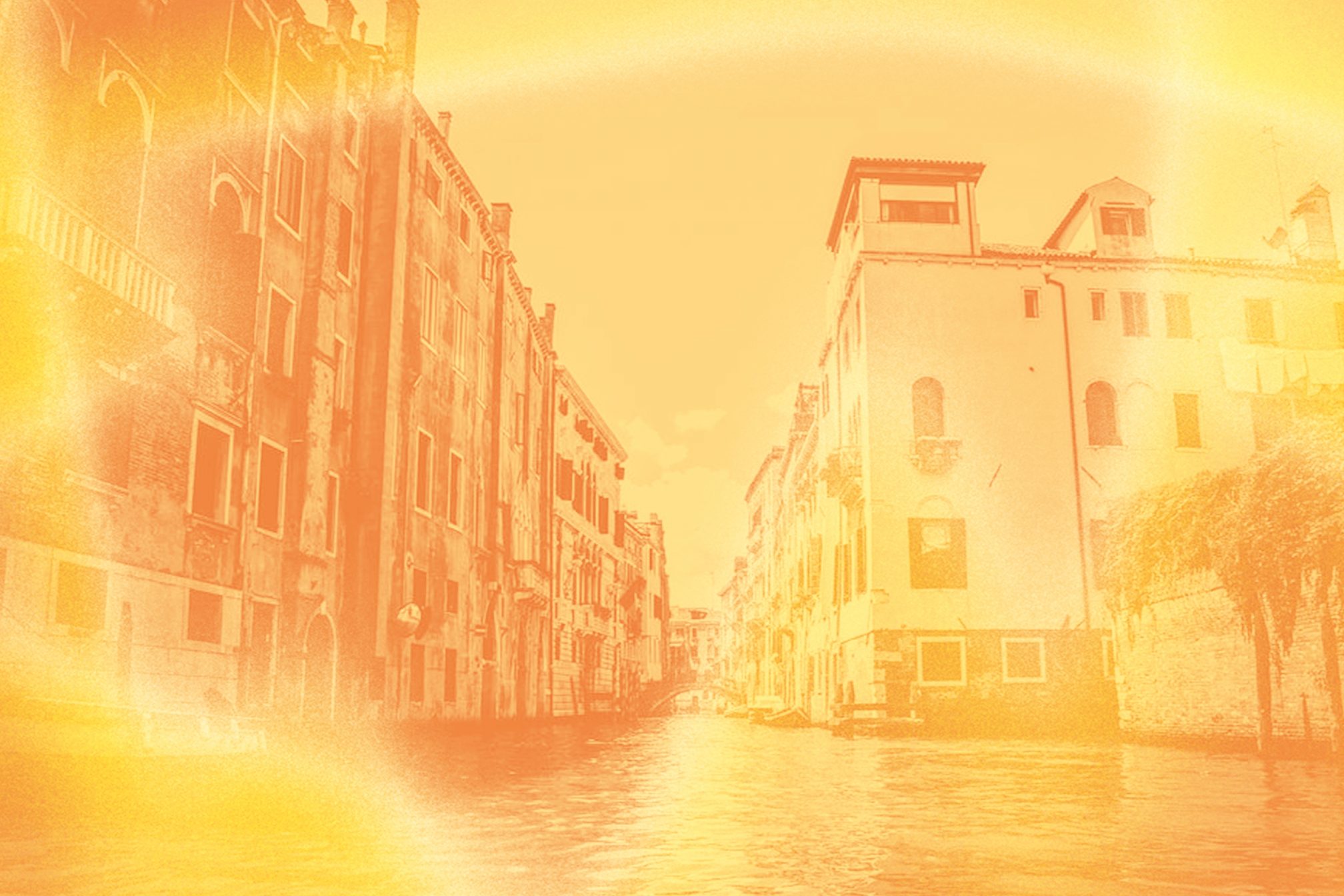
Running club nights in such a fragile environment is a challenge that promoters have learnt to adapt to – take Metabolismo Lagunare as an example, a Venice-based collective and event project launched as a response to the “disappearance” of dance music-dedicated spaces in the area. “The name comes from a sense of movement, of an organism that reinvents itself, that keeps moving,” they say. “Lagunare, of course, is centred around the great swathe of land that is the lagoon, which is not only the city of Venice, but also the many spots and urban areas that are still very much undervalued.”
“The biggest challenge we face is treading the line between creating a cultural movement that has deep roots in our territory, and ending up with a series of events that commodify the Venetian area,” they explain. “[There is] direct dialogue with groups interested in events, and a lot of engagement with what happens on the island. Meeting points are shaped by the city's geographical structure. Campi (city squares) and osterie (taverns or pubs) act as cultural hubs where relationships can be cultivated,” they say. “This vision may seem Utopian, considering the fine line between Venice's historic centre and the mainland as we move away from the islands and closer to the metropolitan areas.”
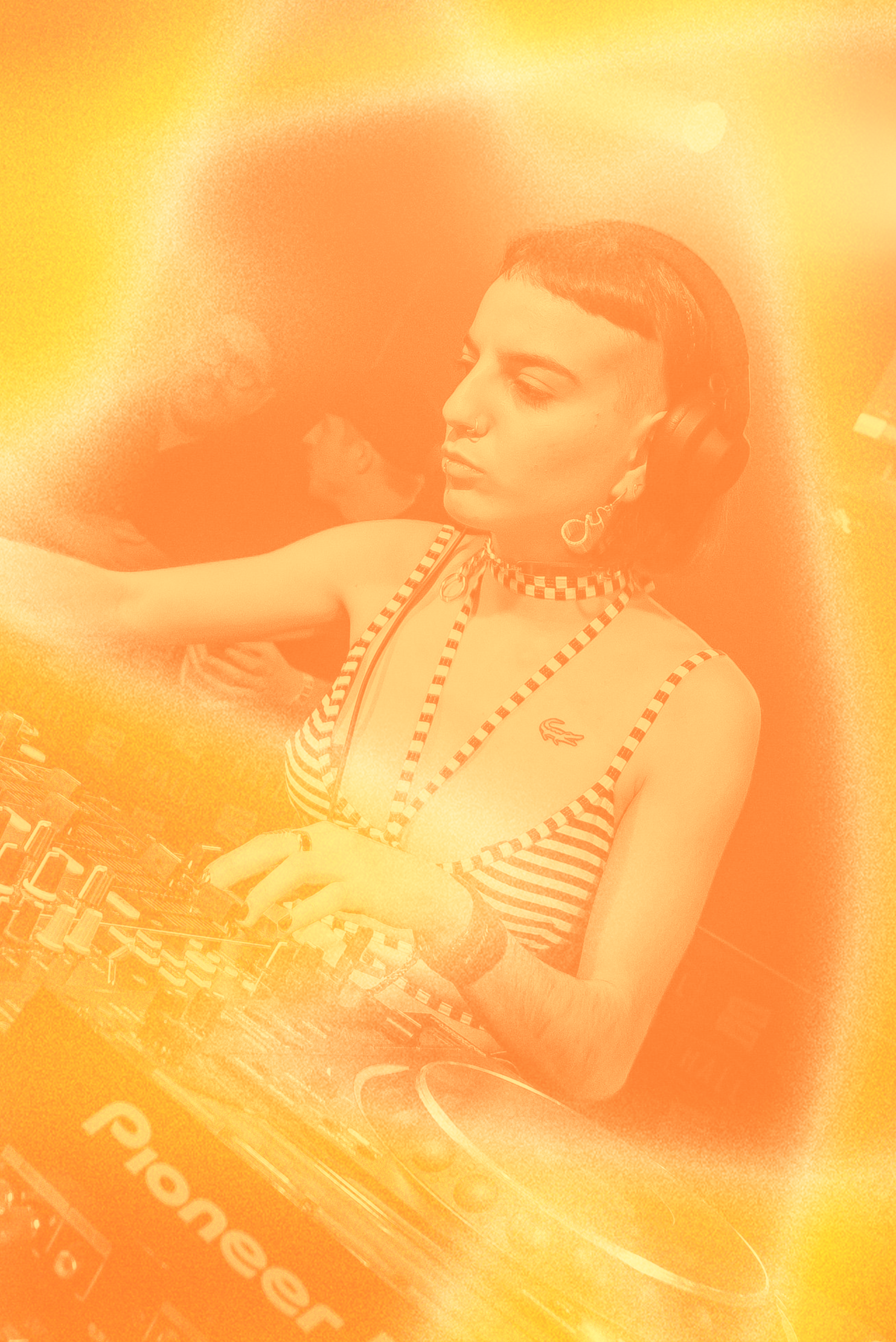
Though Damir notes that there are some “amazing, unbelievable spots” across Veneto that could be an asset to the scene, “most of the time, it’s complicated to overcome all the bureaucracy issues,” he explains. “We’re exploiting the 10% of our potential, when it’s about using scenic and historic sites for parties. I do understand that ancient buildings have to be protected, but leaving them abandoned and useless is hardly a protection.”
As a party series, Metabolismo Lagunare has hosted events across the area for several years, often outside of the city’s commercial club spaces. In 2022, Italy’s new far-right government threatened to crackdown on and criminalise events not hosted in recognised club locations, deemed “raves” or “unlicensed parties”. At the time, the government explained that organisers who disobeyed this new law could land up to six years in jail if they were found hosting events of more than 50 people.
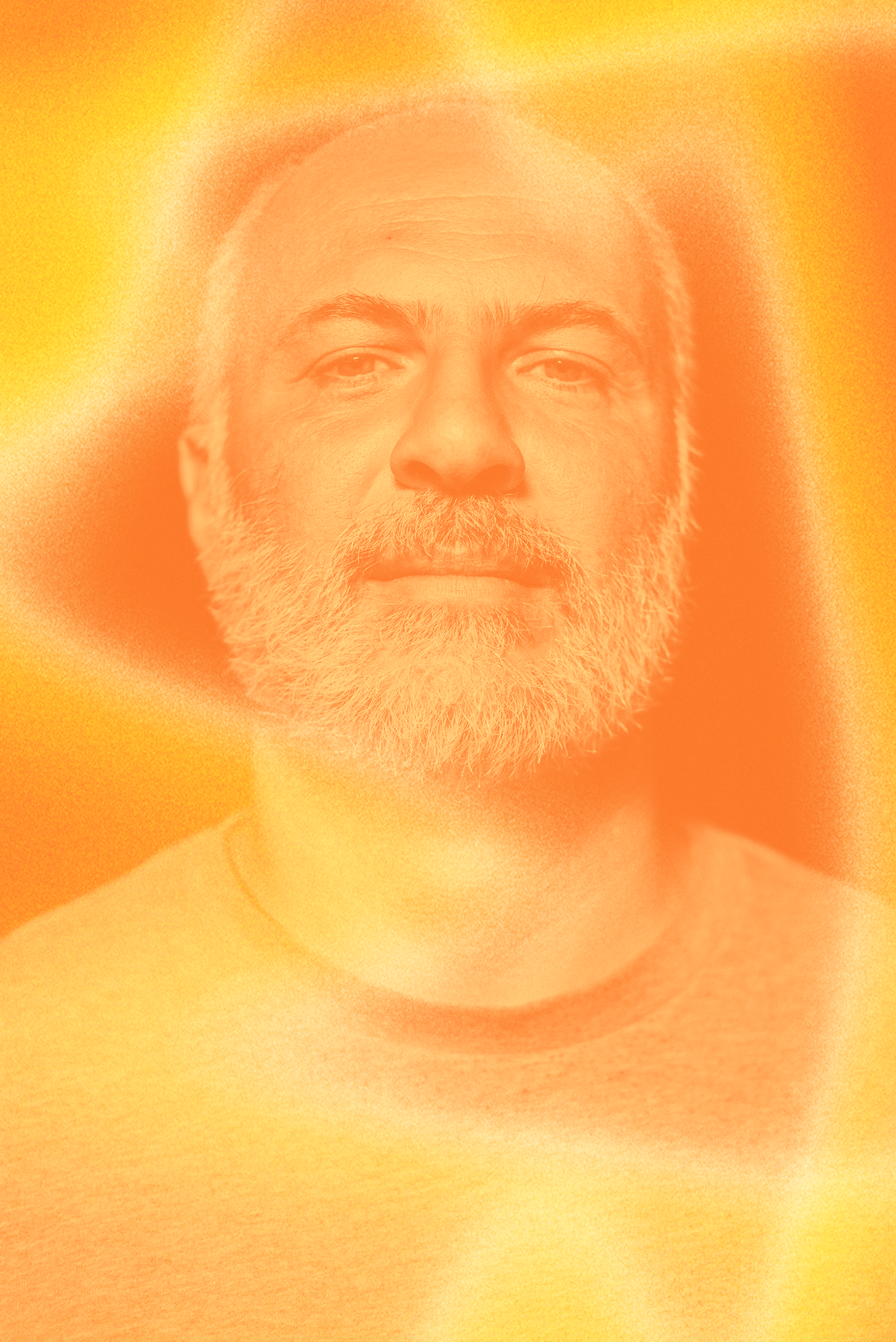
The move was met with backlash from Italy’s club communities who protested across the nation's streets, fighting against a “repressive” ruling that many called an “anti-rave law”. “Unlicensed parties – generally called ‘raves’ here – have always been public enemy number one,” says Damir.
While the rule was scrapped, Lady C explains that she’s noticed a change in “the way in which parties are organised today”. She says: “Before, crews carried out their events in open spaces, but today there is a need to rely on clubs or spaces that allow events to be carried out in an ordinary manner. There’s a risk of confusing clubbing with the rave scene or free party culture, which although is united by the presence of electronic music, they’re much different in the space where they’re held.”
Still, 999999999 are impressed by the inventiveness of Venice's DIY community to navigate these challenges and host gamechanging parties in the area. “It’s not easy to find venues that can handle the kind of energy and soundsystems needed for techno events,” note 999999999, but “the underground community finds ways to make it happen.”
“What’s interesting is that even though Venice is known for its history and tradition, this new wave of energy is making space for something more modern and experimental,” they add. “The enthusiasm of these groups is creating a buzz, and we’re starting to see a shift where people who might not have been exposed to techno or electronic music are getting curious and involved.”
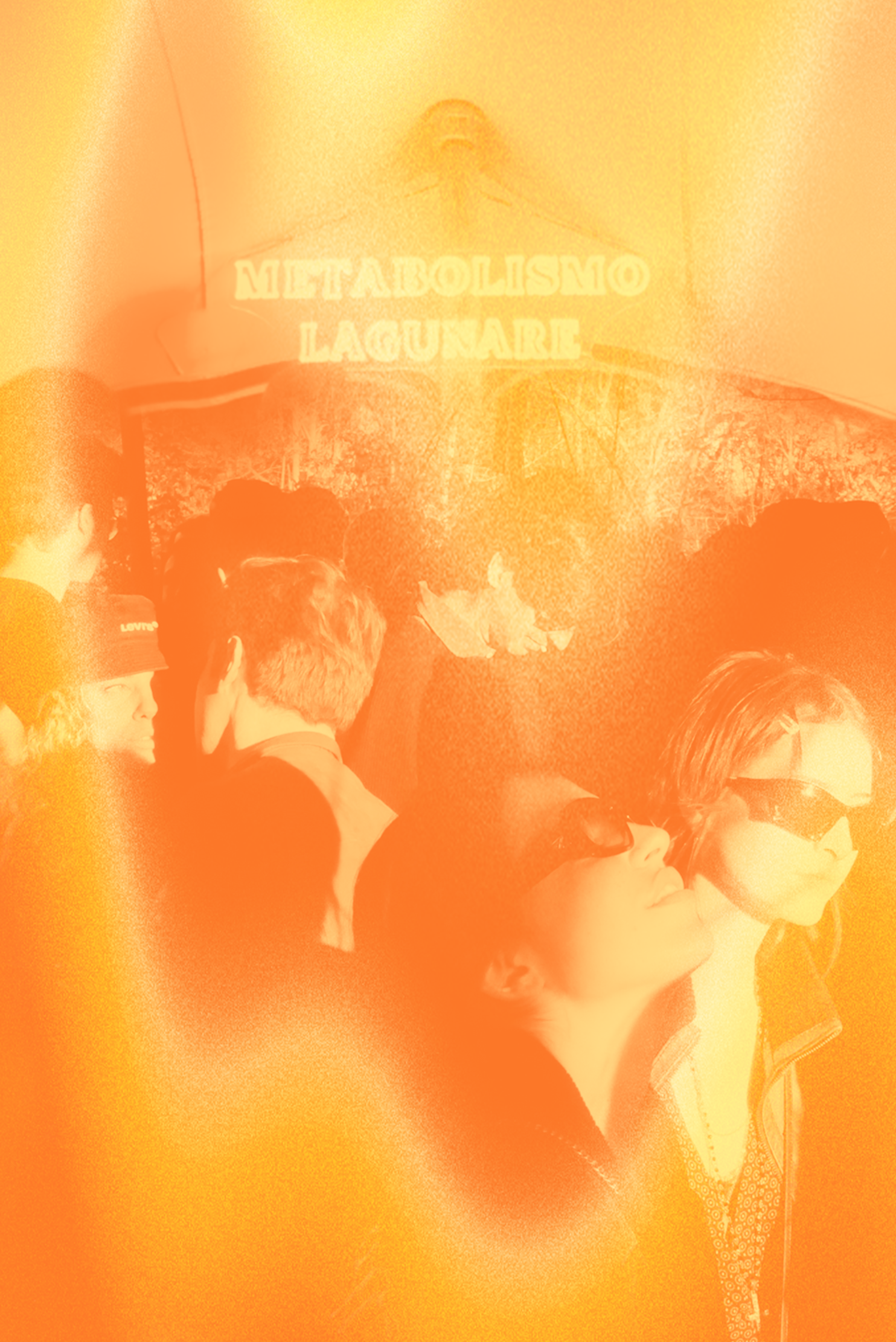
Today, techno is still a driving force in Italy’s most peaceful city. As clubs move further into the mainland, there’s a keen and bustling scene keeping the energy flowing, despite the challenges faced by promoters and artists alike. “Veneto is a really interesting place,” says Damir. “If you want to dance, be it in commercial traps or in highly valuable underground sanctuaries or even something in-between, it’s one of the loveliest regions in Italy. Veneto is nurturing a really interesting new generation of clubbers, more so than other areas in Italy. It’s lively here.”
Burn Energy and Mixmag’s Burn Energy Tour features some of the biggest names in dance music, including Honey Dijon, Nia Archives, 999999999, KI/KI and Hedex,, helping to energise local scenes, and give back to music communities, artists, and fans.
On Saturday, November 9, the tour will descend on Venice for a one-off show with an all-star line-up, headlined by Italian techno duo 999999999 alongside Lucia Lu, Lady C, and Theo Nasa. Apply for tickets here.
Also on Saturday, November 9, Burn Energy Tour will host a workshop on How to Break into the Dance Music Industry, led by Damir Ivic. The discussion will be joined by club promoter Samuele, as well as techno artist Lady C, who will give a live demo DJ masterclass.


